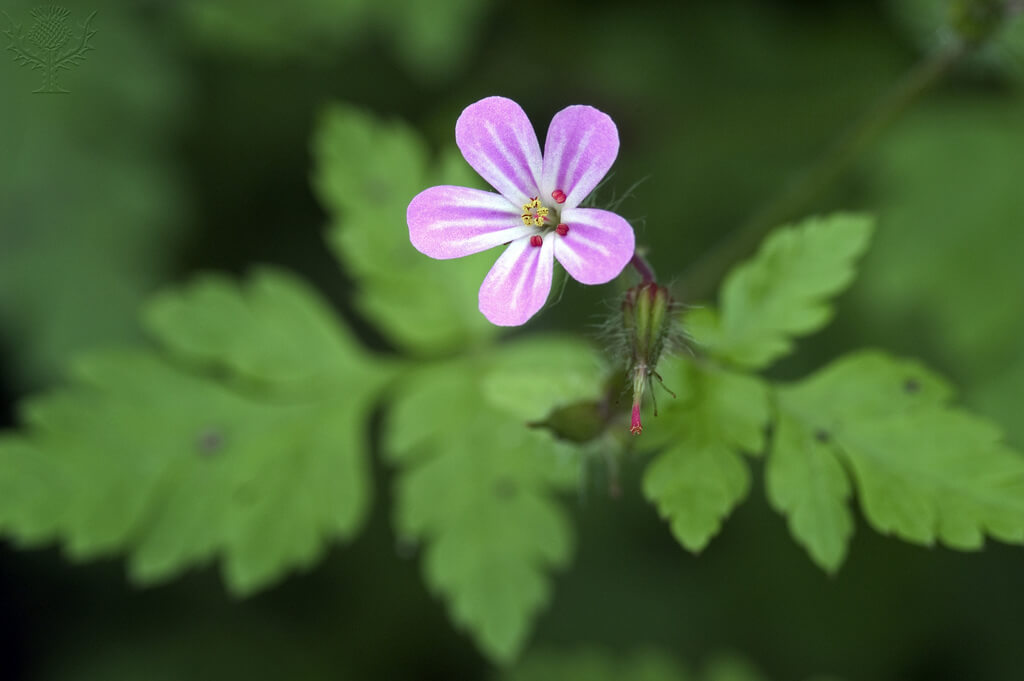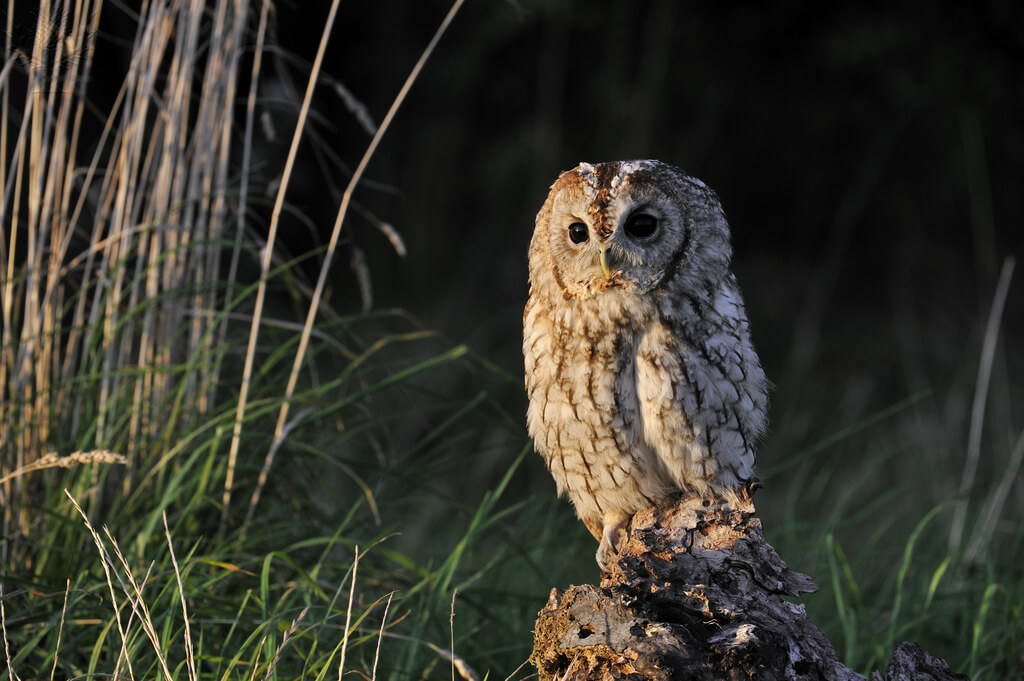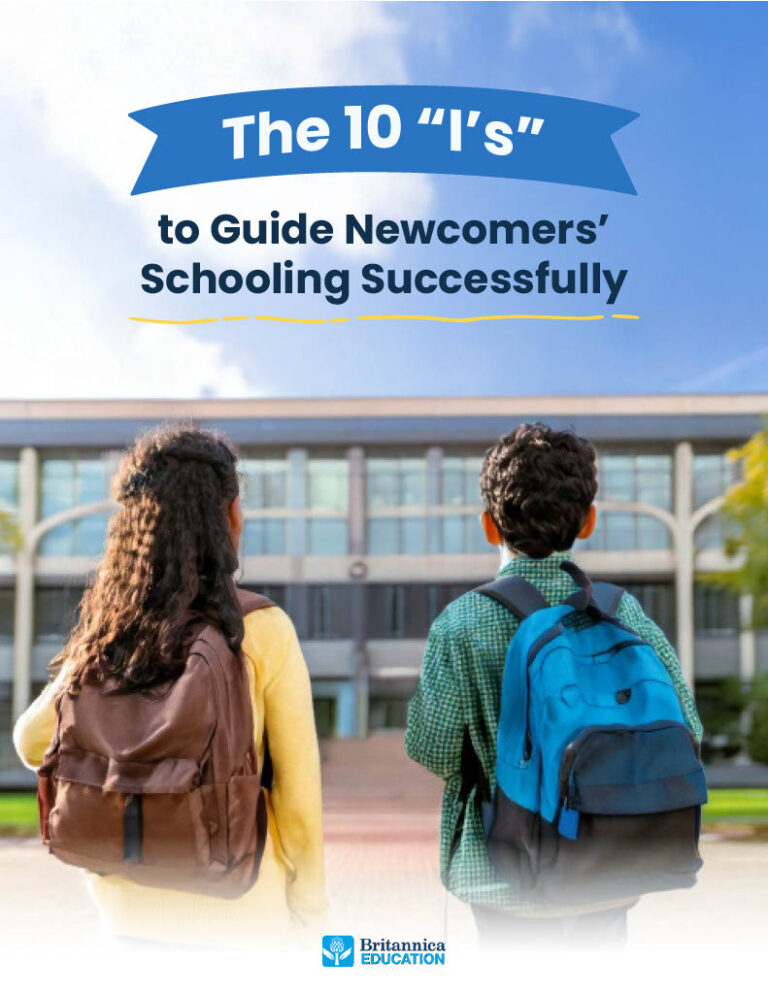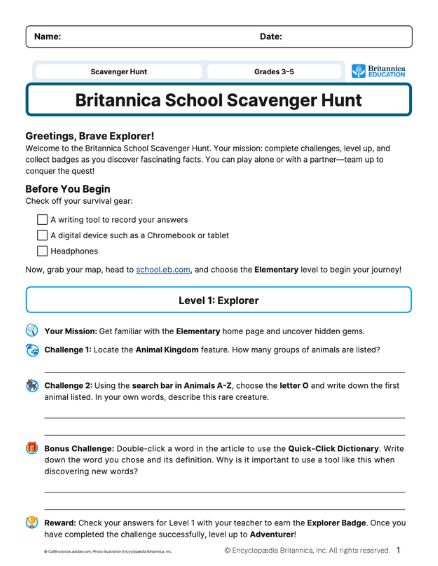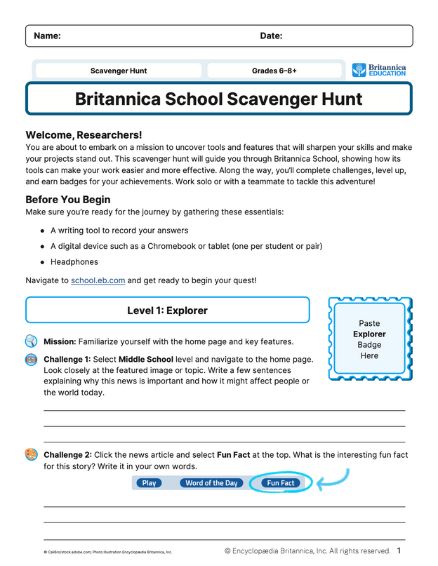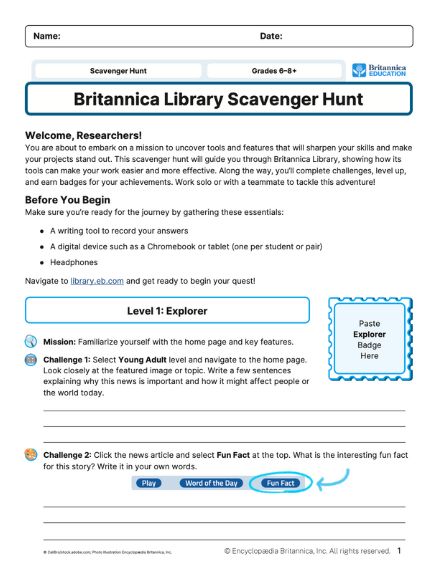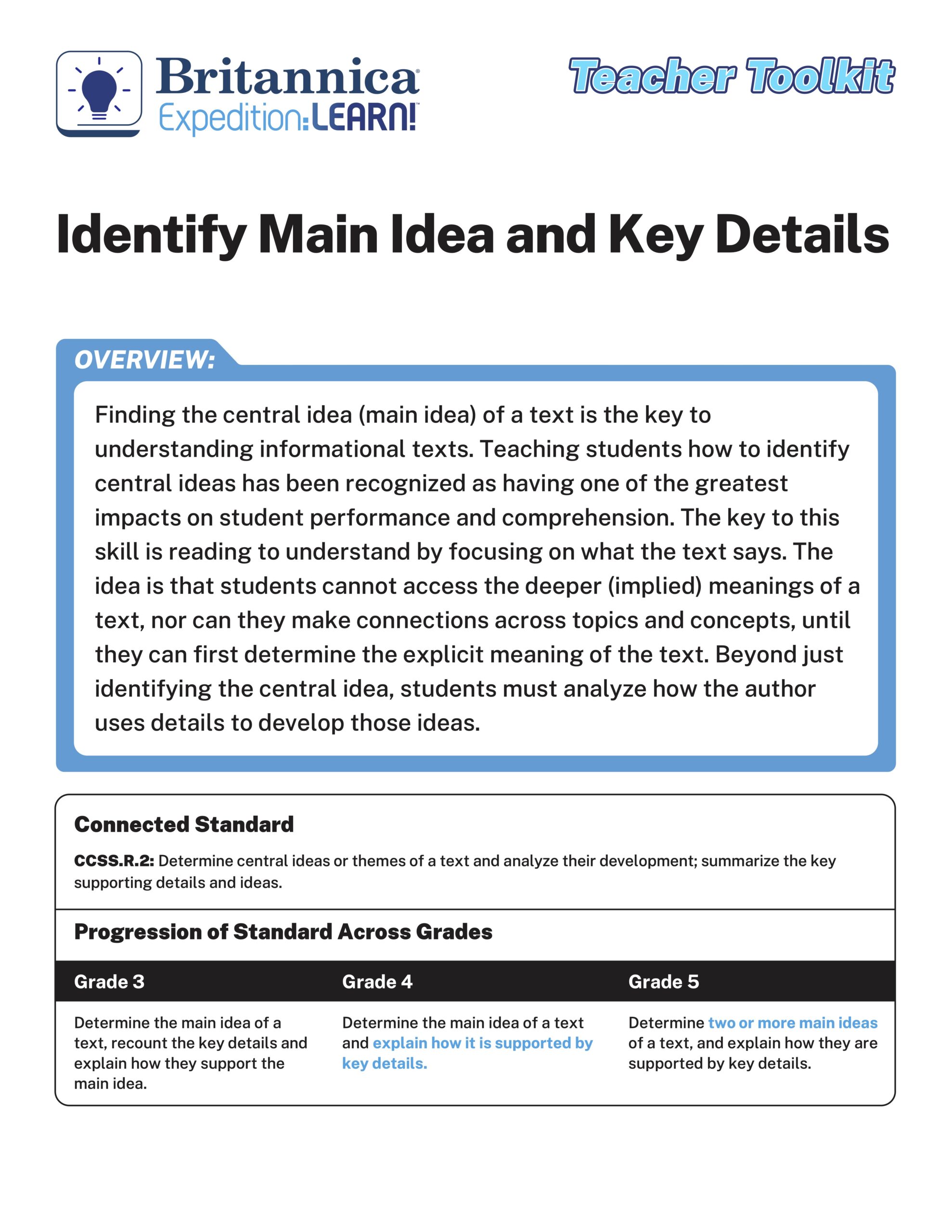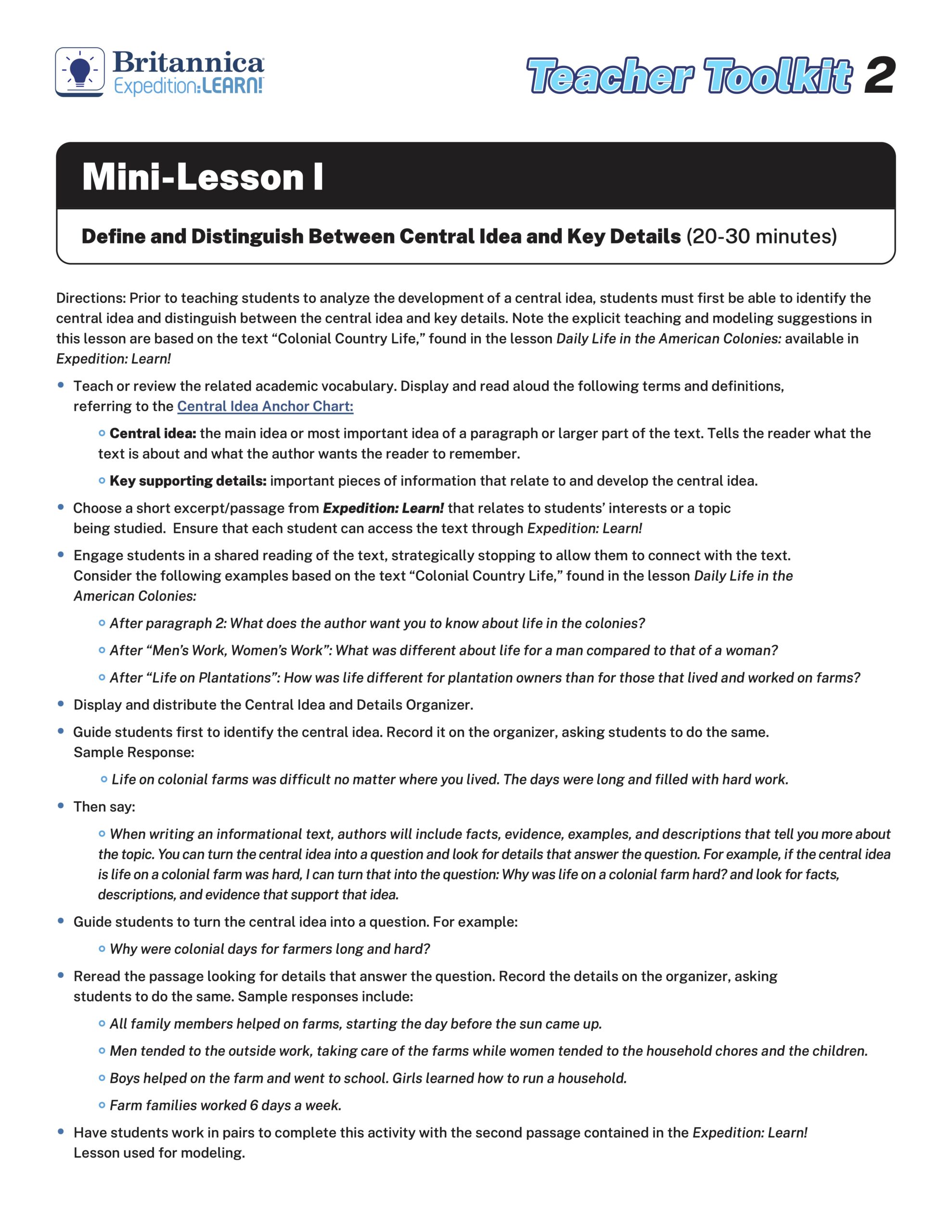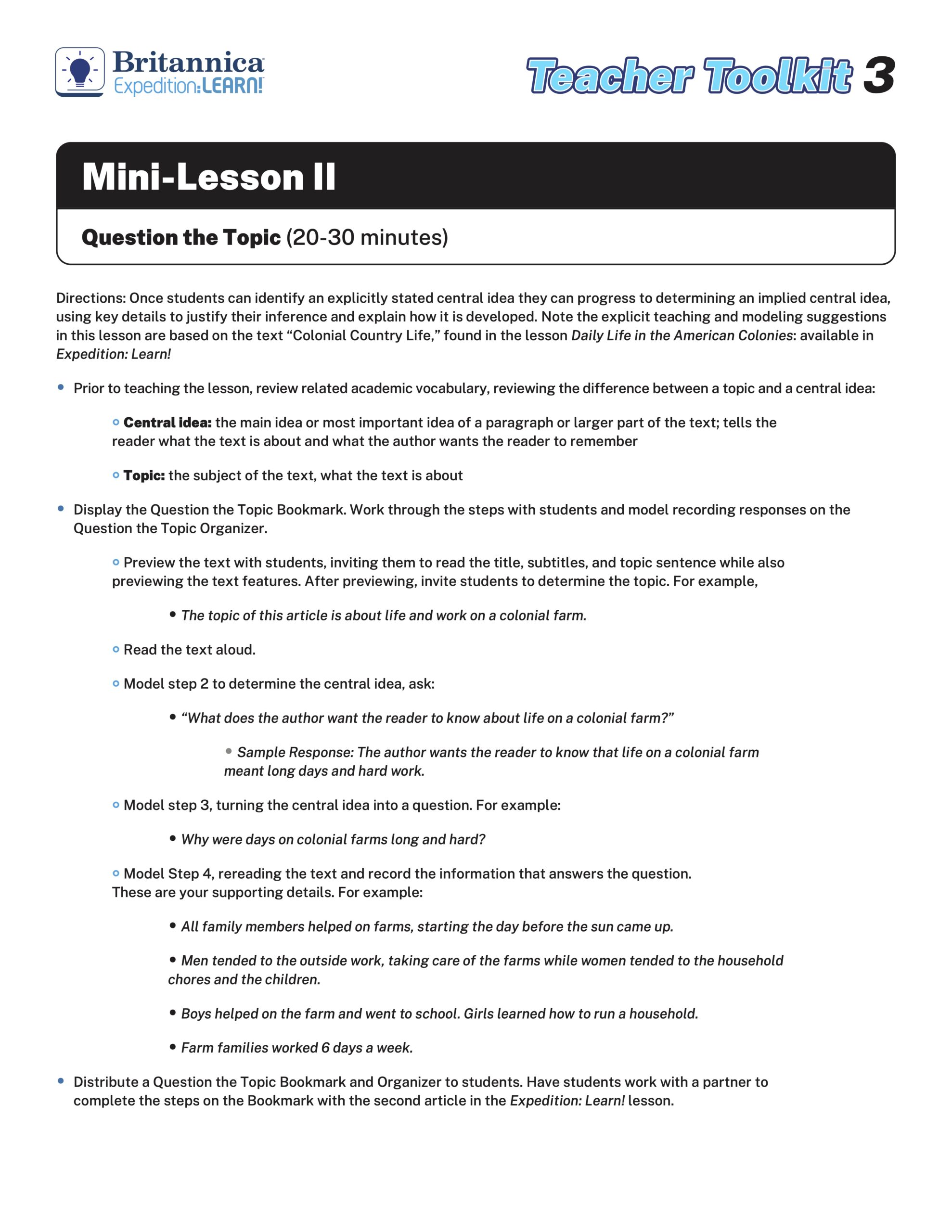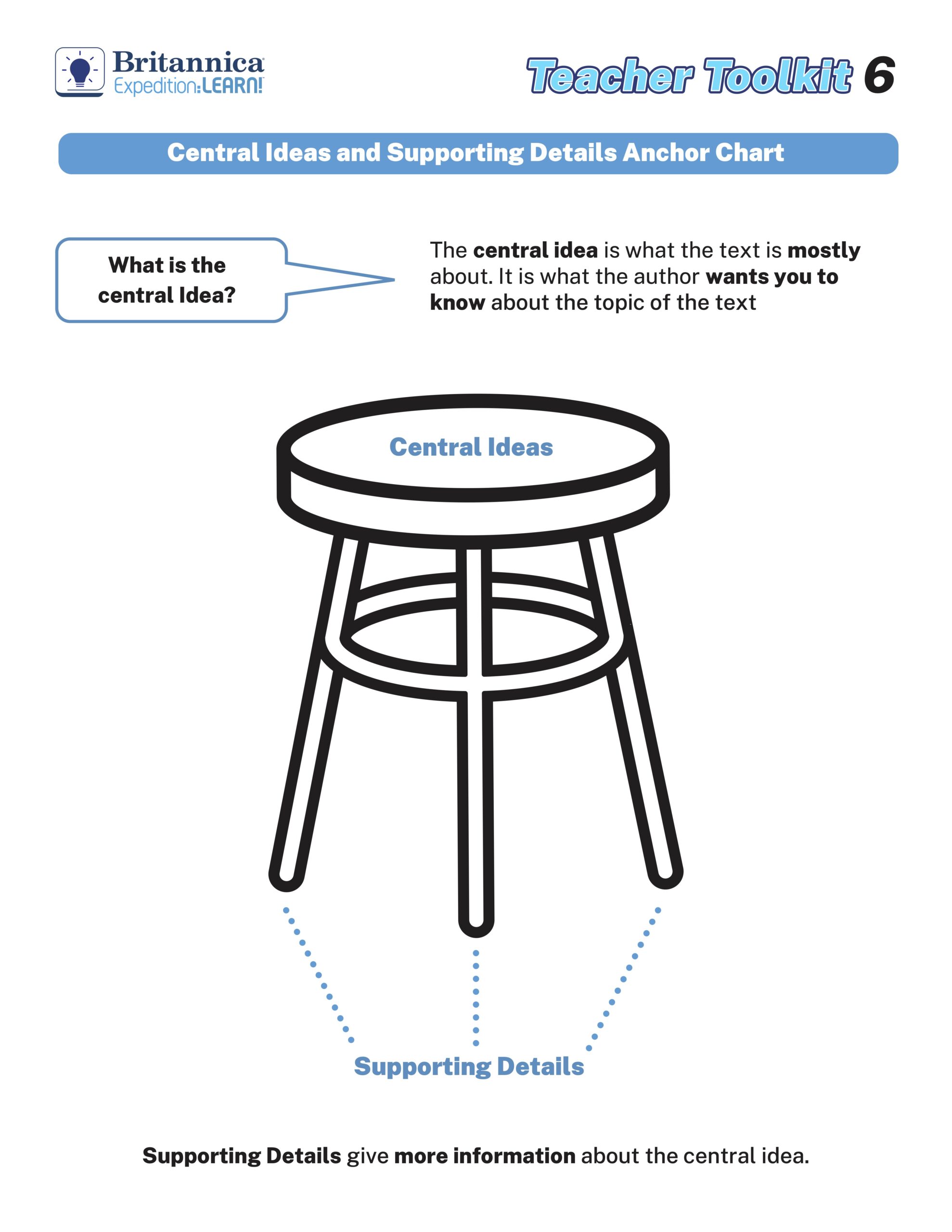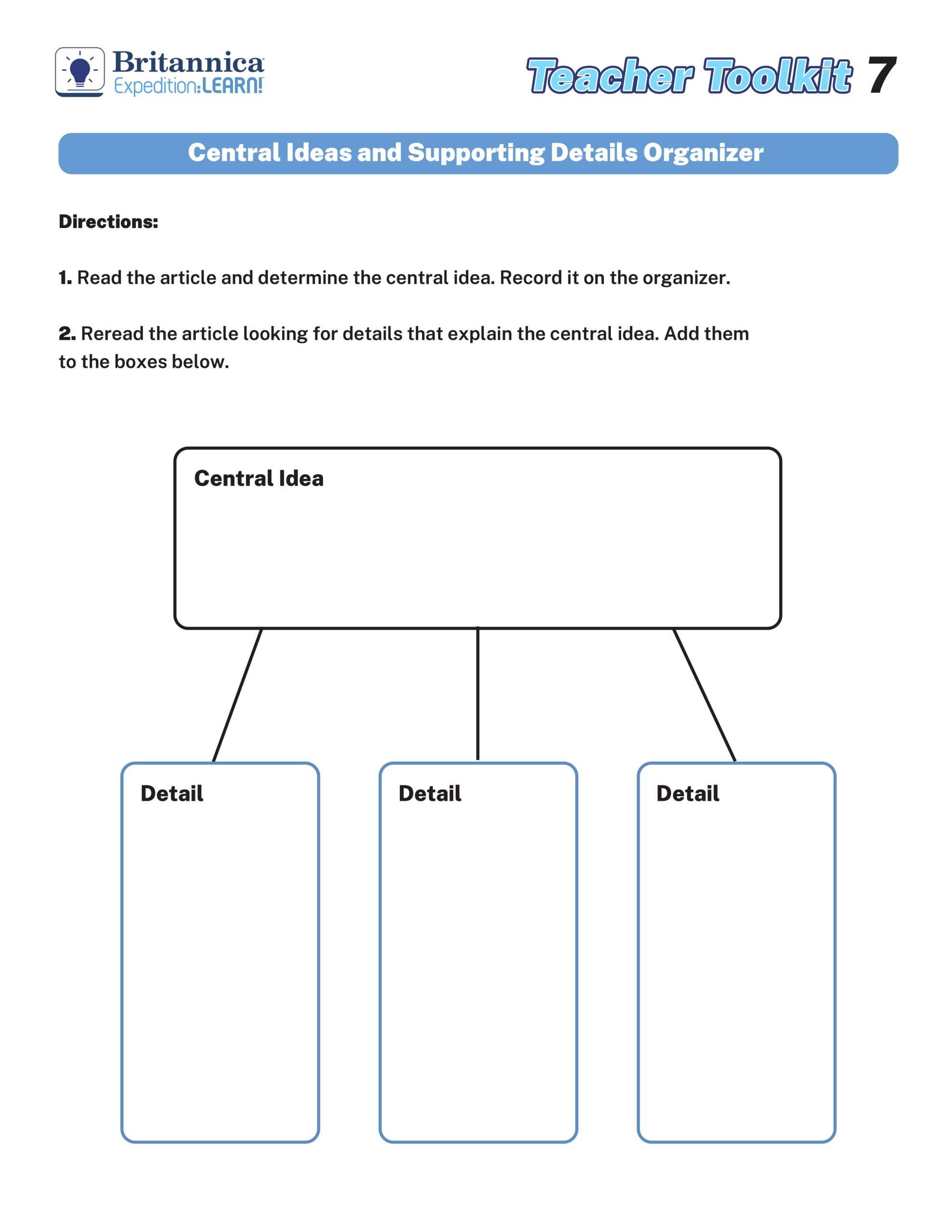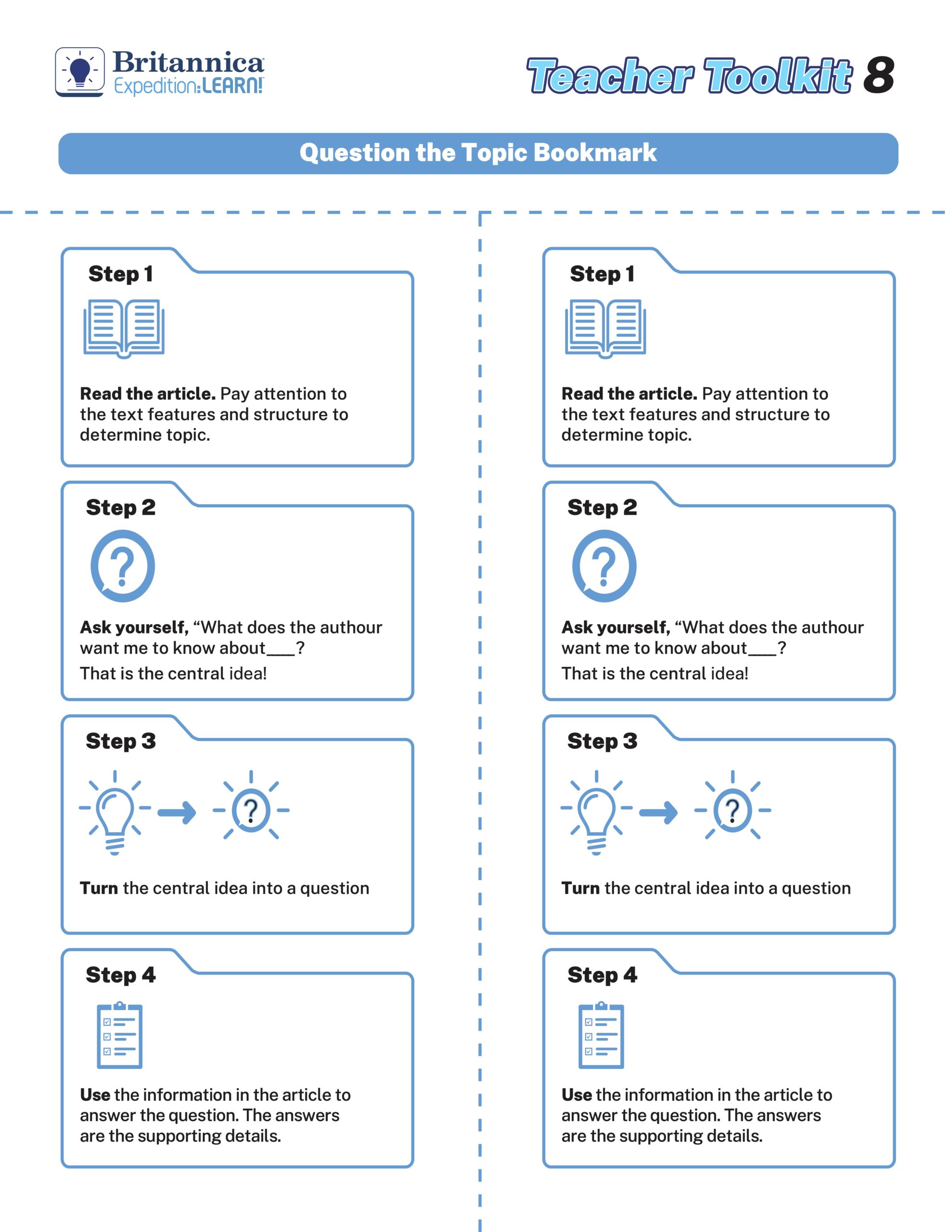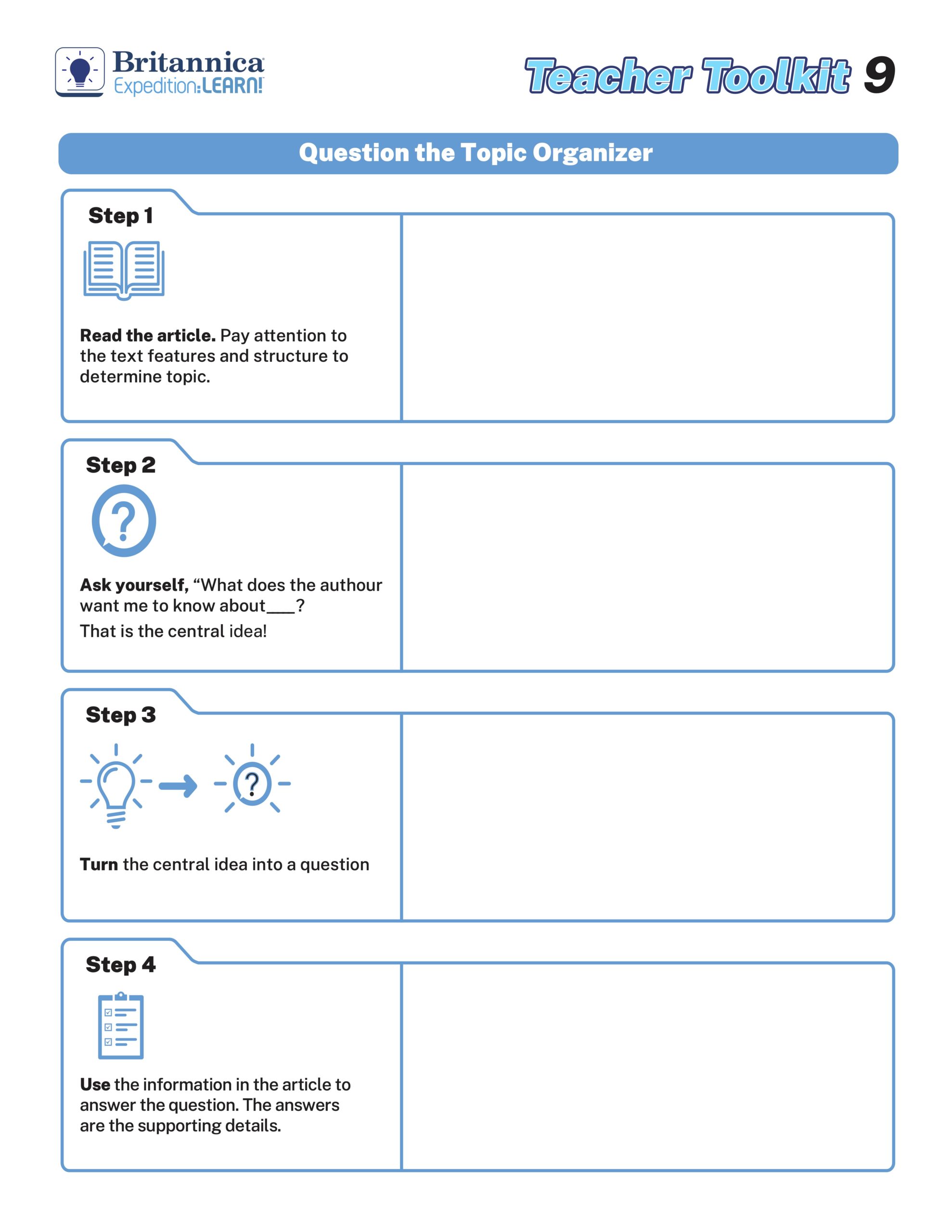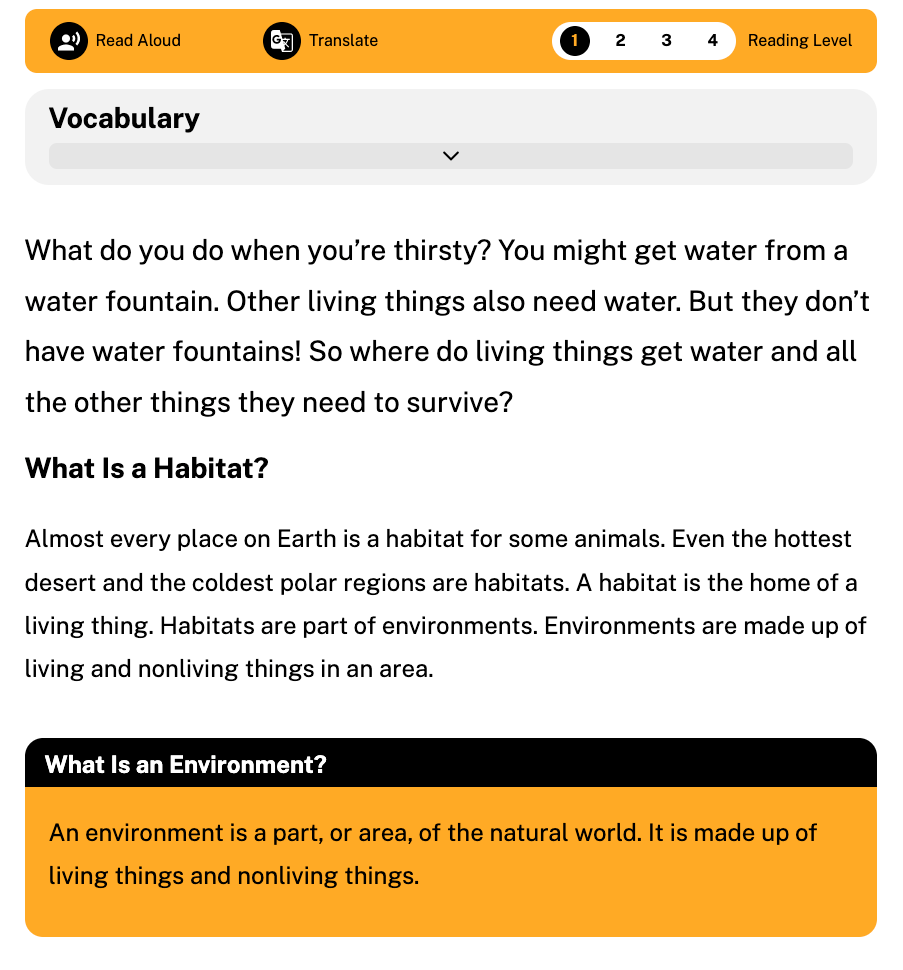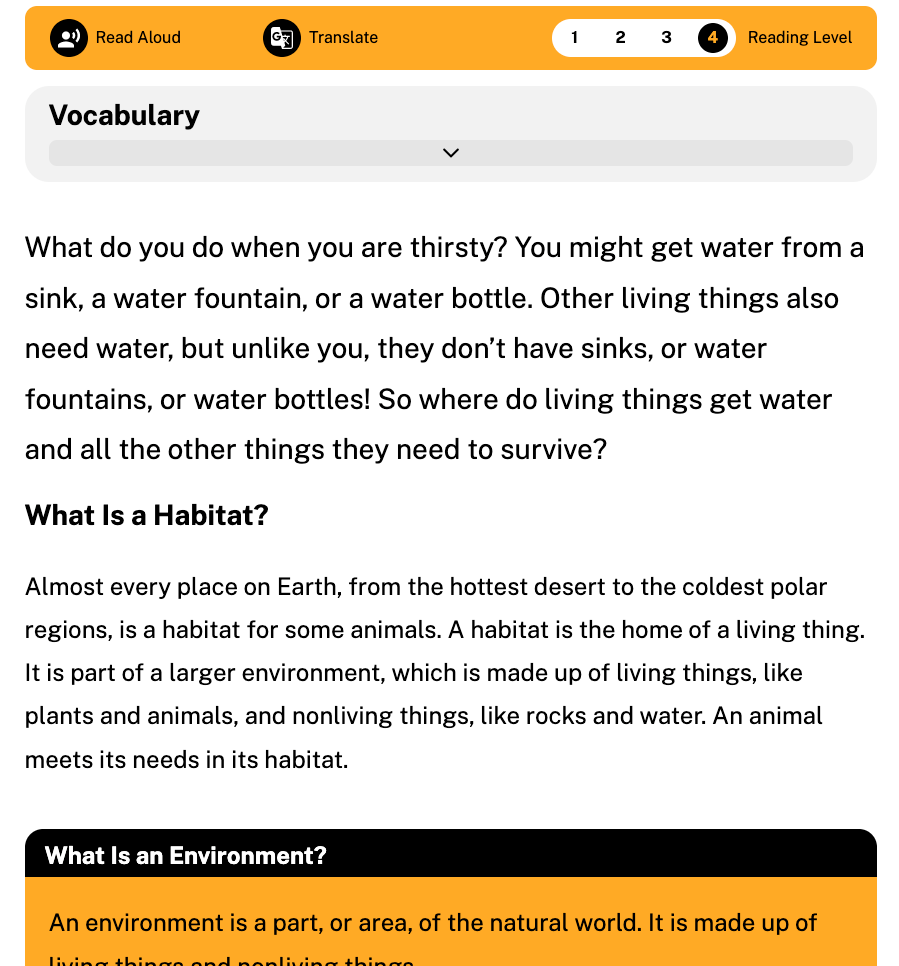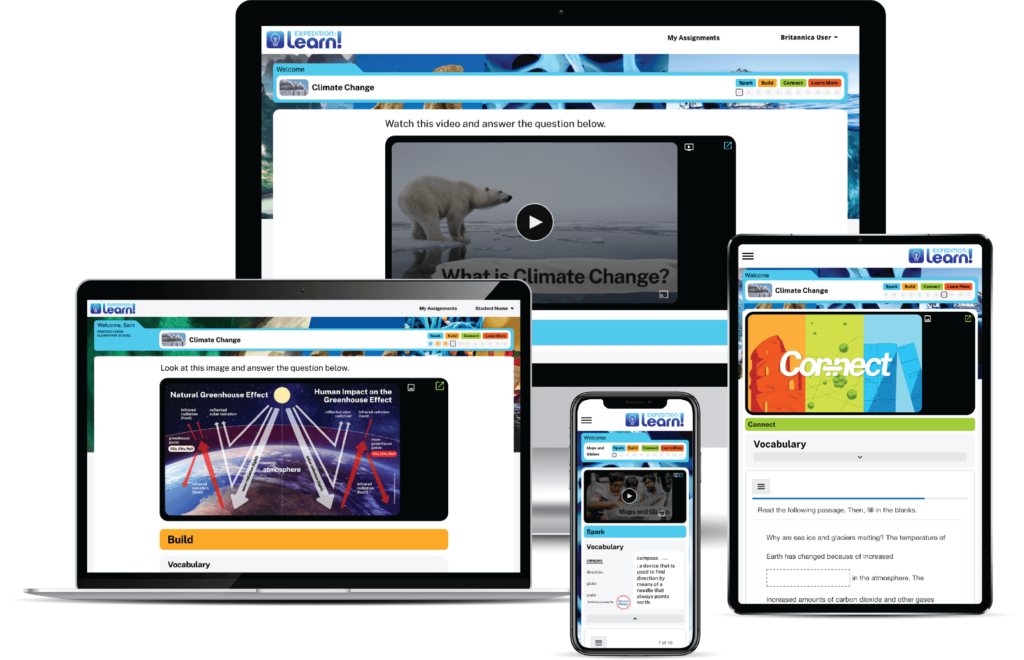Media for Earth Day and Beyond
Media Literacy is as important in a science classroom as it is throughout the entire curriculum. As students learn to evaluate data and build evidence-based arguments, they also need to know how to assess media on scientific issues, as well as identify misinformation, pseudoscience, and entertainment.
With Earth Day just around the corner, educators can incorporate environmental and conservation sciences into lessons. These activities are not only relevant to the lives of students but also offer opportunities to strengthen academic skills using modern tools. Activities using images in environmental science engage students in multiple ways, allowing them to make claims as they weigh evidence to make well-reasoned decisions.
Britannica ImageQuest provides students with millions of images ready for Earth Day and beyond. Inside ImageQuest, we have several collections that include media you can use to plan activities and lessons for students at any age!
Best Image Collections for Earth Day Lessons*
age fotostock– showcases images of flora and fauna
All Canada Photos– represents the best work from Canada’s most eminent photographers, including wildlife and natural history with landscapes and nature imagery
Arterra– Belgium-based contributions that provide stunning content covering geographical and travel locations; fauna and flora; and environmental science
Auscape Photo Library– represents Australia-based photographers specializing in nature; adventure; eco-travel; wildlife; geography; and landscapes
National Trust– features images that document historic gardens, coastlines, forests, farmland, moorland, islands, and nature reserves protected and preserved by this English charity
Natural History Museum– contains vast collections of specimens in Botany and Zoology
Nature Picture Library– specializes in wildlife and nature worldwide, representing more than 300 of the world’s finest nature and wildlife photographers
Photo Researchers– covers the physical and natural sciences, as well as earth’s wildlife, marine life, and environments
*must be logged into ImageQuest to link to collection
Earth Day Activities Using Images
Using these collections, you can take your students on a journey to investigate and explore our world. Images offer many ways to engage with students:
- Deep Photo Exploration
Students study one image at a time to make observations and note wonderings and questions. Students discuss things that they are familiar with and make connections to the content learned. This can be used at the beginning of a unit, lesson, or reflection activity to either engage background knowledge or reflect on learning.
- Our World
Students search collections for two images: (1) an image of a place that you would like to visit (2) an image of a place in danger or an environmental concern they believe is pressing. Images are presented as a class or group so students can compare and contrast the images from the two categories. Have students make inferences about why some places seem preferable to others and what human and environmental factors put some places at risk.
- Image Debate
The media portrays scientific findings in different ways. For students to be science media literate, they need to be able to evaluate images and conclusions to determine the scientific facts. This activity begins with a scientific claim from a media source such as a newspaper, magazine, or social media. Group students based on how they agree with the claim. You can group them into “Agree” and “Disagree” or add more options in between based on the claim.
Then, students create image collections that support their views. Students should remain in the same groups during the activity, but note that students may want to change as they find evidence.
After completing the image collections, allow each group to present their findings. Ensure that students who may have changed their views have the opportunity to present their findings for each group as well. Following the activity, allow students to journal their reflections on the claim.
- Image and Key Word “Guess Who”
Allow students to browse a collection or curate images for them to choose from. Pair students and print out the collection on one page for each pair to play this game multiple times. Additionally, print each image in the collection for teams to choose from. Each student will choose a picture but not show their partner. Each pair will then take turns asking Yes/No questions about the image. Students will eliminate images on their worksheet as they ask questions to determine which image their partner has.
This can be an excellent opportunity to have students explore different image sets (Flora, Fauna, Environments, etc.) to compare and contrast images. Older students may be able to utilize keywords in their game to figure out ways to identify the image.
- Habits of Conservation
Students can use images to identify positive and negative factors that impact our environments. Using photographs, students can explore various images to identify sources of pollution, carbon emissions footprints, renewable energy sources, etc.
- Earth Day Issue Article/Letters
Encourage writing skills in science classes by having students write articles and letters around a topic of interest to them for Earth Day. Encourage students to use images to write an article related to their image that describes the issue, why it is relevant, and how it impacts people and communities. Allow students to research organizations, institutions, and nonprofits that focus on similar topics. Have students draft a letter explaining their issue and why action is needed to preserve our environment. Attach the student’s article to their letter. This can be done individually, as partners, or in groups.
Using images and supporting media literacy skills for Earth Day is a great way to increase interest and awareness of pressing environmental issues. Provide students with the opportunities, training, and feedback to weigh the certainty of scientific claims, question sources, and examine media credibility. Students will gain critical thinking skills as they evaluate issues using multiple perspectives, identifying bias and distortions to become informed consumers of information.
Click here to access these and more collections from ImageQuest. Or click here to connect with a Britannica representative to learn how to access ImageQuest in your school or district.


